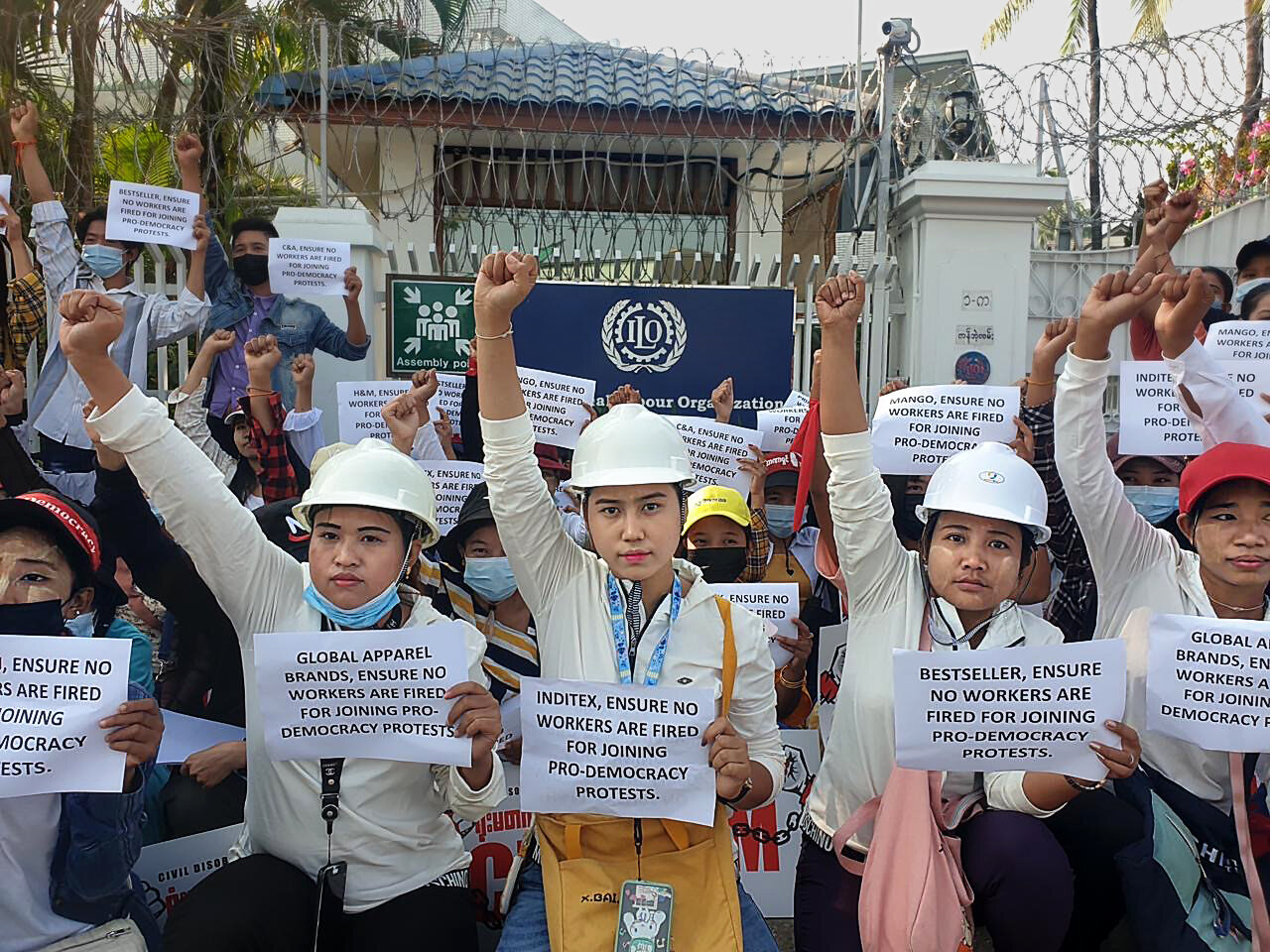The Fashion Industry’s Gambit With Emerging Countries
The fashion industry’s supply chain has always favoured emerging countries with its low costs, but more can be done to make it resilient.

Earlier in February 2021, a coup d’état began in Myanmar after the democratically elected members of Myanmar’s ruling party, the National League for Democracy (NLD), were deposed by the military who claimed it was a fraud election despite the NLD winning a landslide. Myanmar is of growing importance as a manufacturing hub integral to the supply chain of the fashion industry.
The unexpected turn of events is a huge setback for the Southeast Asian country which in recent years has seen its clothing exports grew rapidly, totalling more than US$5 billion in 2019. It now contributes more than 30% of the country’s total exports.

Currently, the country’s State Counselor, Aung San Suu Kyi and President Win Myint are detained by the military and awaiting to face charges. The de facto leader is the military commander-in-chief Min Aung Hlaing, who has taken power and announced a state of emergency for up to one year.
As the world watches the protestors fight for their democracy, the international community responded with condemnation and world leaders have voiced their concerns over the situation happening in the country. The US President Joe Biden denounced it as a “direct assault on the country’s transition to democracy and the rule of law,” while the Ministry of Foreign Affairs of Singapore has “called on Myanmar’s military to stop the use of lethal force on civilians and the immediate release of State Counsellor Aung San Suu Kyi and other political detainees.” And in Europe, the European Union issued a statement condemning the continued violent repression of peaceful protesters by the Myanmar military and security forces.

As mentioned earlier, Myanmar’s apparel industry has grown to be a third of its total exports and has provided jobs to many living in one of the world’s poorest countries. Clothing firms have flocked to Myanmar over the recent years for its low wage and favourable business relationship with the European Union. Apparel giants such as H&M, Bestseller and Next have factories in Myanmar, and most of their clothes go to countries such as Japan, the US and Europe.
While Myanmar has been experiencing rapid growth, its apparel sector is still not on par with exporting behemoths like China and India. Even within the Southeast Asian region, countries such as Vietnam and Cambodia are still favoured over Myanmar. The fashion industry typically outsources its supply chain to these countries to lower costs which could help to entice customers to buy these clothes. What this also means is that seeking out these emerging sourcing markets often is a race to the bottom in terms of labour costs and human rights, and this may not sit well with the new generation of consumers (Millenials and Gen Z) who are supporters of protecting worker’s rights.

For the most part, these sourcing countries are prone to mishaps such as political unrests, natural disasters and other uncertainties, thus exposing the vulnerabilities of the supply chain. Companies have to take these into consideration when they consider sourcing from these places. Hence, to preserve this lucrative sector, governments have to ensure some sort of stability, and companies, with their growing influence, can pressure for reforms so that, as a whole, the entire sector can grow together under a set of rules and regulations.
It is difficult to ascertain the future of the supply chain for the fashion industry, new forms of technology can emerge and help to mitigate certain risks inherent in some of these sourcing countries. But, it comes at a cost, prices will foreseeably rise if these new technologies are going to be implemented. Apparel companies should also further diversify their supply sources and strengthen their partnerships with their suppliers so that unforeseeable events have minimal impact on their businesses.



